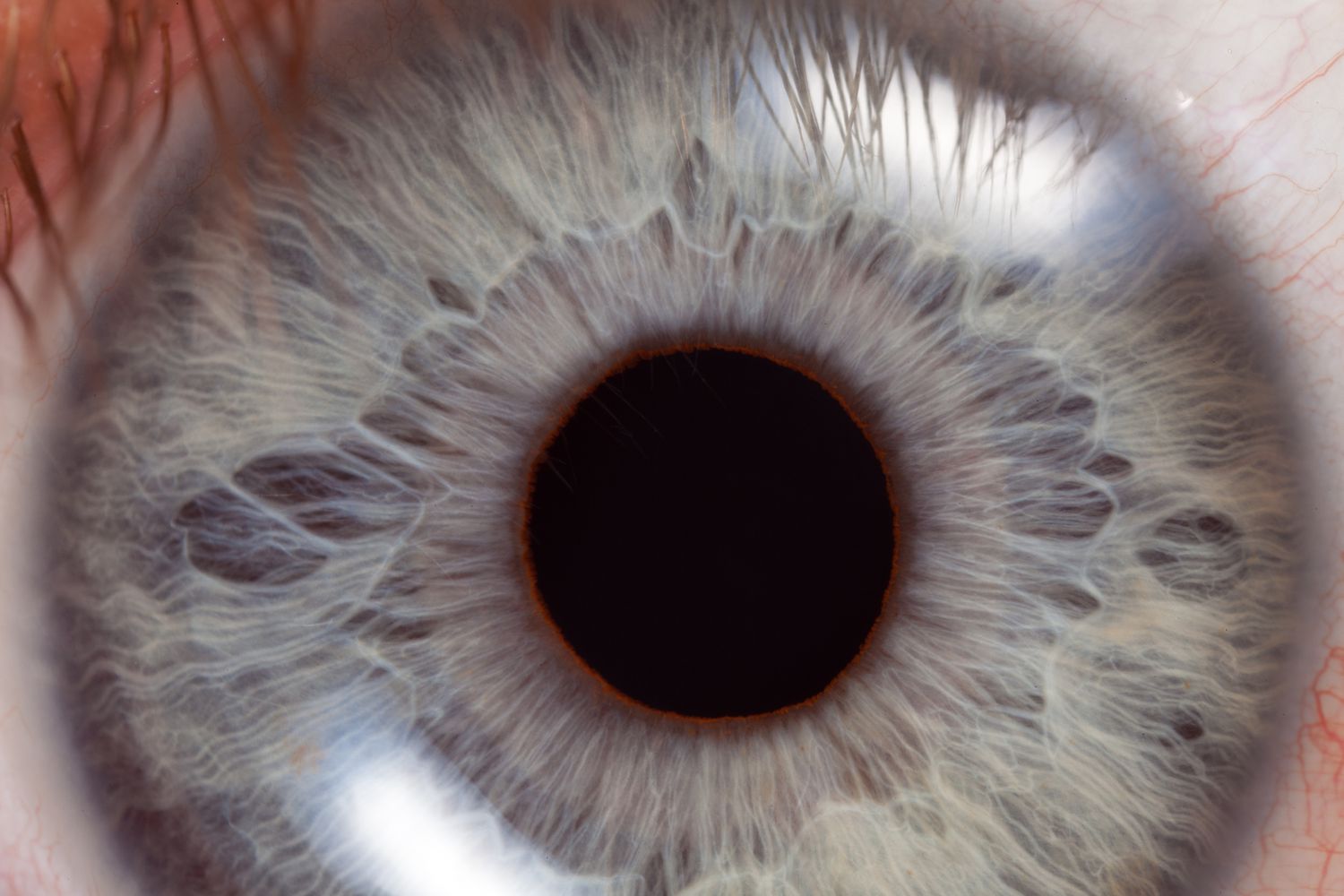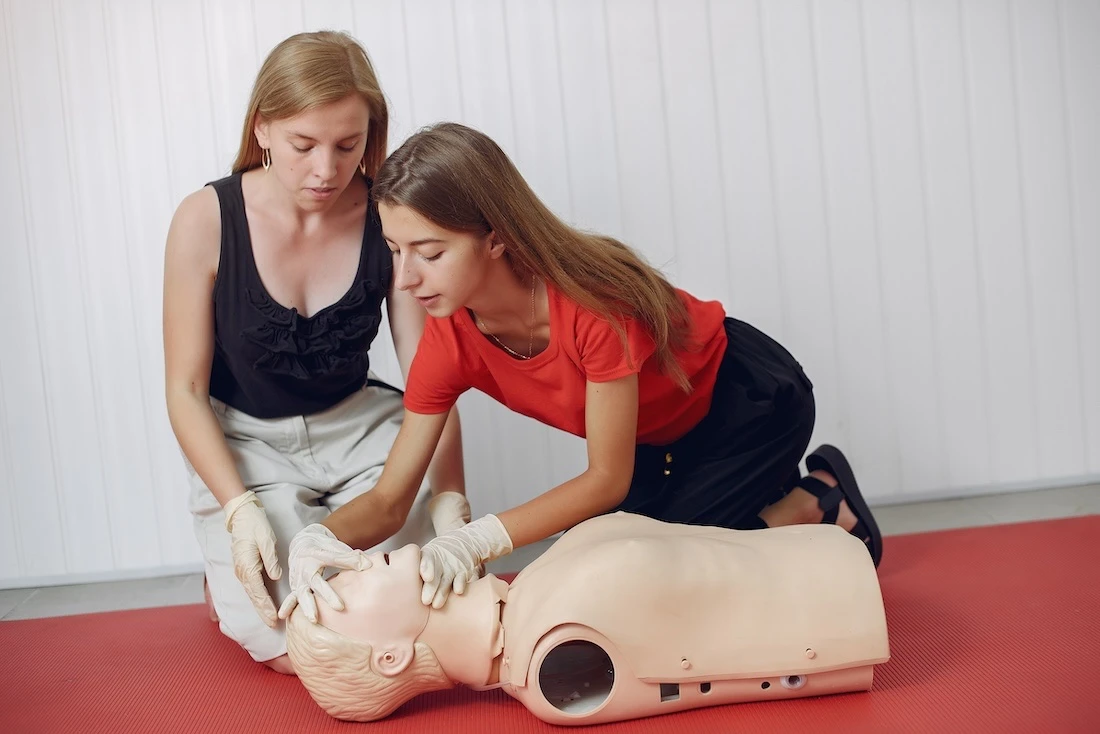Evaluating a patient’s neurological status in emergency medical care is one of the primary steps healthcare professionals follow. There are many different ways to assess neurological conditions but pupillary response and pupil evaluation can be regarded as the key indicator. This natural eye or better to say pupil reflex is a trusted diagnostic tool for critical care treatment.
How does Pupillary Response Work?
The autonomic nervous system—or better to say, the interaction between the sympathetic and parasympathetic nervous systems—controls the pupillary response. The sphincter pupillae muscle is stimulated by the parasympathetic fibers of the oculomotor nerve in response to light entering the eye. This constricts the pupil, a process known as miosis. On the other hand, mydriasis, or pupil dilation, occurs when the sympathetic fibers in low light activate the dilator pupillae muscle.
This seemingly easy reflex and reaction is actually a multi-neuron process. A brainstem herniation, elevated intracranial pressure (ICP), an aneurysm, or any other major underlying neurological problem may be indicated by aberrant pupillary responses resulting from any disruption along these routes.
Is Pupillary Response Really A Window To Our Brain?
When a patient presents with altered mental status, head trauma, or other neurological symptoms, pupil evaluation is frequently one of the first tests done on them because time is important in emergencies. Its priority stems from the fact that it provides a quick, non-invasive view of how the brain functions.
Assessing Brainstem Function
The pupillary light reflex is controlled by the brainstem, which is also in charge of respiration, consciousness, and heart rate. While an aberrant reaction may indicate substantial brainstem dysfunction or injury, a normal pupillary size measurement suggests that the brainstem is most likely intact.
Recognizing Increased Brain Pressure
An important complication of elevated ICP is brain herniation, a disease in which brain tissue pushes through perforations in the skull and descends. Known as a “blown pupil,” a unilateral fixed and dilated pupil is one of the first indications of increased ICP. Compression of the oculomotor nerve causes the pupil’s ability to constrict, which is why this happens.
How Technology is Changing the Way We View Pupil Evaluation
While the classic penlight examination is still a mainstay of neuro evaluations, technological developments have brought advanced neurological tools and in more accurate methods for measuring pupil diameter.
Pupillometry Automated
Quantitative pupil diameter measurement and reactivity are made possible by this technology, yielding data that is more reliable and consistent than manual assessment. Automated pupillometers provide an early warning system for neurological decline by detecting minute changes in pupillary function that may go unnoticed by the untrained eye.
What are the NPi and the Pupil Reactivity Index, or PRI?
The PRI is a numerical value that measures the level of pupil responsiveness and is obtained by automated pupillometry. Reduced responsiveness is indicated by a lower PRI or NPi (Neurological Pupil Index), which can be correlated with a worsening of neurological health. Research has demonstrated that the PRI and NPi can be useful indicators of prognosis for individuals suffering from neurological crises and traumatic brain injury (TBI).
Let’s Discuss Pupillary Response’s Future
Pupilary response and pupil diameter measurement will probably play an increasingly important part in emergency neuro evaluations as our knowledge of its neural foundations grows. More advanced algorithms that combine pupillary data with other vital indicators to deliver a thorough neuro exam in real-time are possible future advances.
Conclusion
The pupillary response is much more than just a reflex. It is an essential diagnostic tool that provides a wealth of information about the neurological state of a patient. The capacity to promptly and accurately assess pupil evaluation can be the difference between life and death in the high-stakes world of emergency medicine when every second counts. The accuracy and dependability of pupil diameter measurement and Npi will only increase as technology develops, confirming its revolutionary significance in emergency neuro evaluations.
This fact-based method of understanding pupillary response is not only just a part of a routine check but also an important indicator. In critical treatment, this diagnostic indicator can speed up or delay the treatment. So it’s definitely a game-changer.
Keep an eye for more news & updates on Tribune Breaking!







